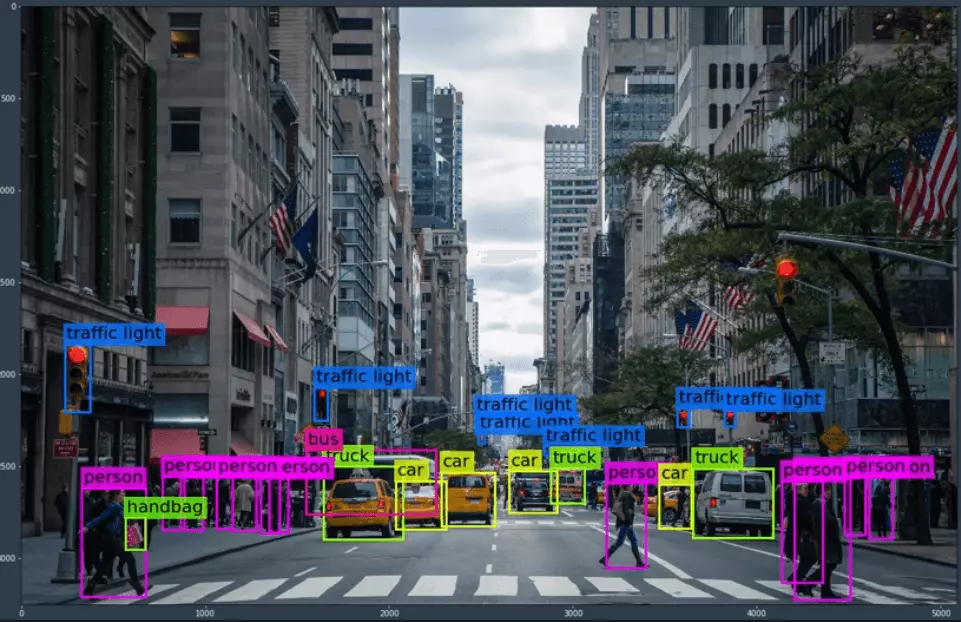The Role of Data Labeling in Training AI for Real-World Applications
In the fascinating realm of artificial intelligence, data is the lifeblood that fuels the learning process. But raw data alone isn’t sufficient to teach AI models how to understand and interact with the real world. That’s where data labeling comes into play.
Data labeling is the process of adding meaningful annotations to raw data, making it comprehensible for AI algorithms to learn from.
In this blog post, we’ll explore the crucial role of data labeling in training AI for real-world applications and the importance of choosing the right tool to achieve success.

Why Data Labeling Matters
Data labeling is the bridge that connects human expertise with AI algorithms. Labeled data serves as the foundation on which AI models build their understanding of the world.
Without proper annotations, AI would struggle to recognize patterns, make informed decisions, or respond accurately to real-world scenarios. Imagine trying to teach a child about animals without showing them pictures or telling them the names – it would be a confusing and ineffective learning process. Similarly, AI needs labeled data to learn and grow.
The Challenges of Real-World Data
Real-world data is messy, diverse, and often unstructured. Unlike carefully curated datasets used in academic environments, real-world data can be noisy and contain unexpected variations.
Consider training an AI model to recognize different breeds of dogs – the real-world images may show dogs in various poses, lighting conditions, and backgrounds.
Without accurate labeling, the AI model might struggle to differentiate between similar-looking breeds or even confuse dogs with other animals.
The Human Touch in Data Labeling
Human annotators play a pivotal role in the data labeling process. Their ability to understand context, disambiguate complex scenarios, and use domain knowledge ensures that data is labeled with precision.
Human labeling also offers adaptability, allowing for changes in labeling guidelines as the project progresses or when new challenges arise.
While human labeling can be time-consuming, the level of accuracy it provides is invaluable, especially in safety-critical applications like autonomous vehicles or medical diagnosis.
The Need for Scalability and Efficiency
Real-world AI applications often require vast amounts of labeled data to train complex models effectively. Manually labeling such large datasets can be impractical and costly.
To address this challenge, data labeling tools come to the rescue. These tools combine the strengths of human labeling with the efficiency of automation, streamlining the process for massive datasets.
They offer user-friendly interfaces, collaboration features, and quality control mechanisms to ensure high-quality annotations.
Selecting the Right Data Labeling Tool
Choosing the appropriate data labeling tool is crucial for the success of your AI project. Look for tools that can handle the specific data types and tasks relevant to your application.
Consider factors like scalability, flexibility, and integration with your AI development pipeline. Additionally, pay attention to the tool’s capabilities for handling multi-modal data, such as images, text, and audio, as many real-world applications require understanding data from multiple sources.
Conclusion
Data labeling is the unsung hero in the realm of artificial intelligence. It breathes life into raw data, allowing AI models to understand and interact with the real world. By providing clear and meaningful annotations, data labeling enables AI algorithms to learn, adapt, and make informed decisions.
To tackle the scalability and efficiency demands of real-world AI applications, data labeling tools come to the rescue, revolutionizing the way we train AI models for the challenges of tomorrow. Choose wisely, and you’ll unlock the full potential of AI in real-world applications.

Donna is your friend in the know. Her blog is a treasure trove of insightful tidbits on a wide range of topics. From wellness to technology, she’s your source for staying informed and inspired.

